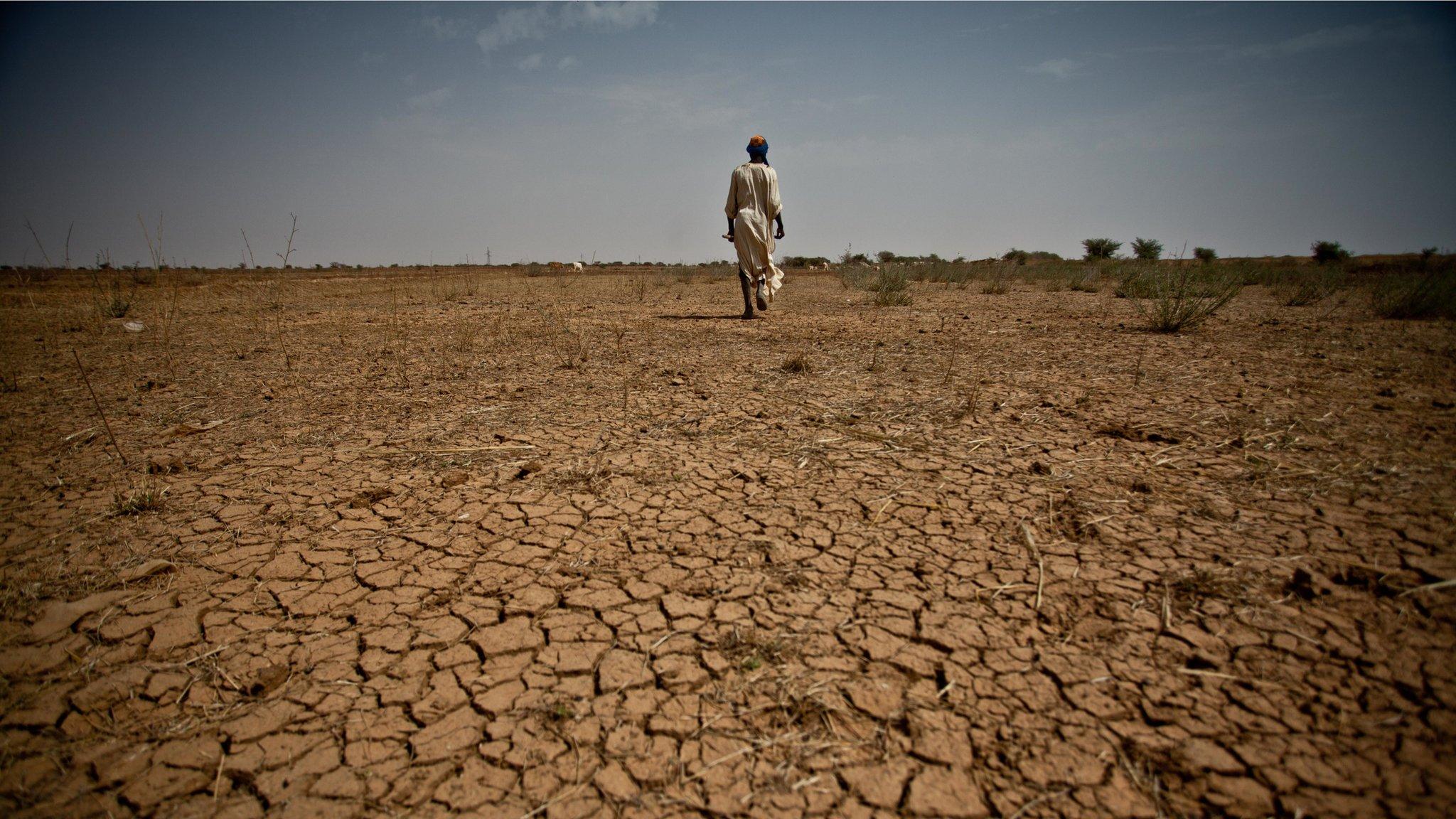Study unlocks surprising behaviour of soil bacteria
- Published
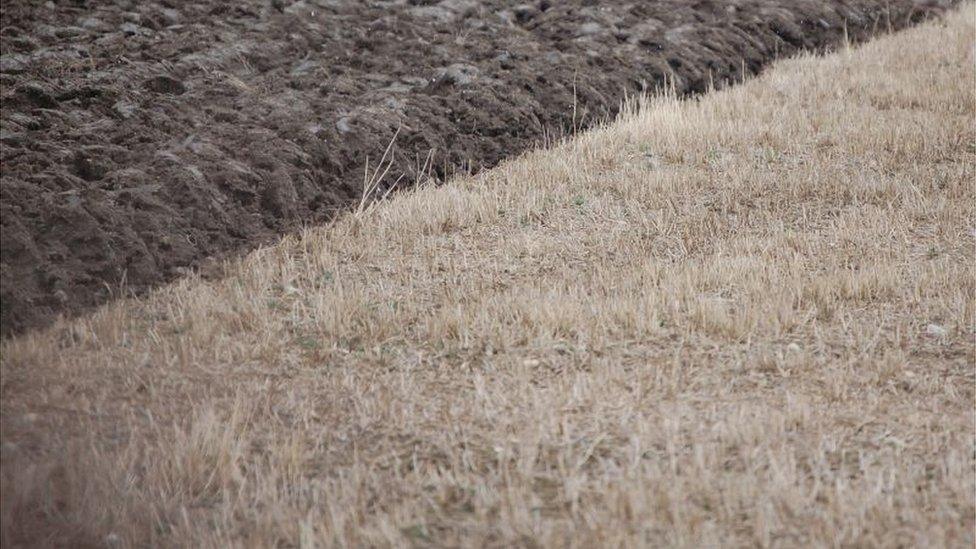
Different land management systems could alter the behaviour of important soil bacteria
Newly sequenced genomes of soil bacteria have raised questions about how differing land management affects the organisms' behaviour.
UK scientists found one strain locked nitrogen in the soil, while another released a potent greenhouse gas.
The findings came to light after the researchers sequenced Bradyrhizobium, one of the most active and abundant groups of soil bacteria.
The findings were published recently in the journal Scientific Reports, external.
The team from the University of Reading and Rothamsted Research were the first to sequence the genome of Bradyrhizobium from European soils, allowing the scientists to compare strains of the bacteria from different parts of the world.
They collect strains of bacteria from various soils in a long-term experiment at Rothamsted Research, from plots that had been maintained as grassland or ploughed bare soil for the past six decades.
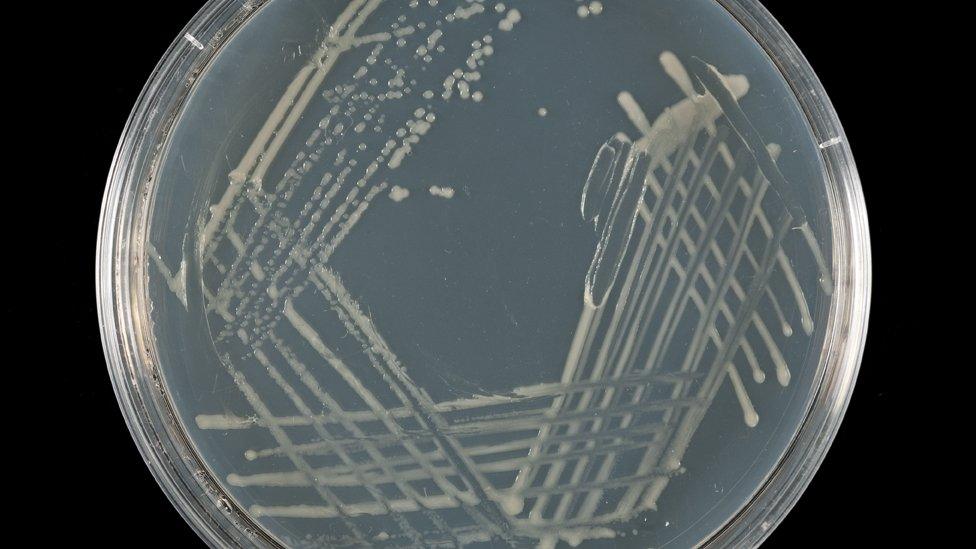
Researchers were surprised to find the bacteria, closely associated with plant growth, so abundant in bare soil
Lead author Frances Jones, who carried out the study as part of her PhD study, explained: "Bradyrhizobium is usually known for its close relationship with plants and so the fact that it is present in bare soil is exciting.
Prof Penny Hirsch, who leads the soil microbial ecology group at Rothamsted Research, added: "Discovering that one of the most abundant groups of bacteria in soil is potentially responsible for major nitrogen losses, and showing how different treatments affect this group in the long term, is an important step towards managing the soil to minimise fertilizer use whilst maintaining crop yields."
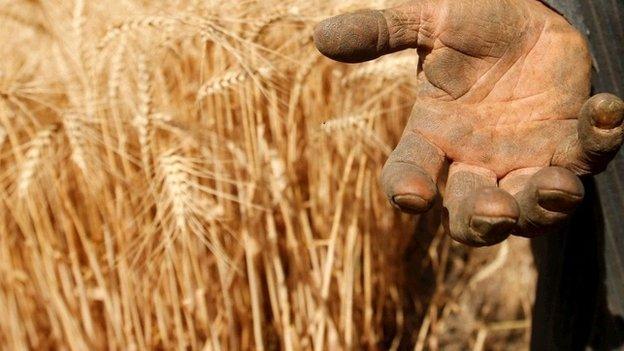
A growing body of research considers the symbiotic relationship between plants and soil
International attention was focused on the ground beneath our feet during 2015, which was designated the UN International Year of Soil.
Described as one of the most complex biological materials on the planet, a handful can contain billions of micro-organisms. It is estimated that just a centimetre of topsoil can take about 1,000 years to form.
Recognising the importance of healthy soil for farming, the Scottish Environment Protection Agency (SEPA) requested the publication of advice of how to look after soil, external.
It is thought that 2.9 million tonnes of soil is eroded each year, and soil quality is diminished by poor practices.
SEPA principal policy officer Mark Aitken added: "The publication is also immensely useful because it highlights the importance of good soil structure in protecting and improving water quality, and also in helping to reduce flood risks."
Rothamsted Research's Frances Jones said that there was a growing body of scientific work that considered the role of soil.
"There seems to be more and more studies coming in that are looking at both plants and below-ground function rather than treating them as two separate things," she told BBC News.
"It is becoming more common that people are looking at this interaction rather than separate environments."
Follow Mark on Twitter: @Mark_Kinver, external
- Published2 June 2016
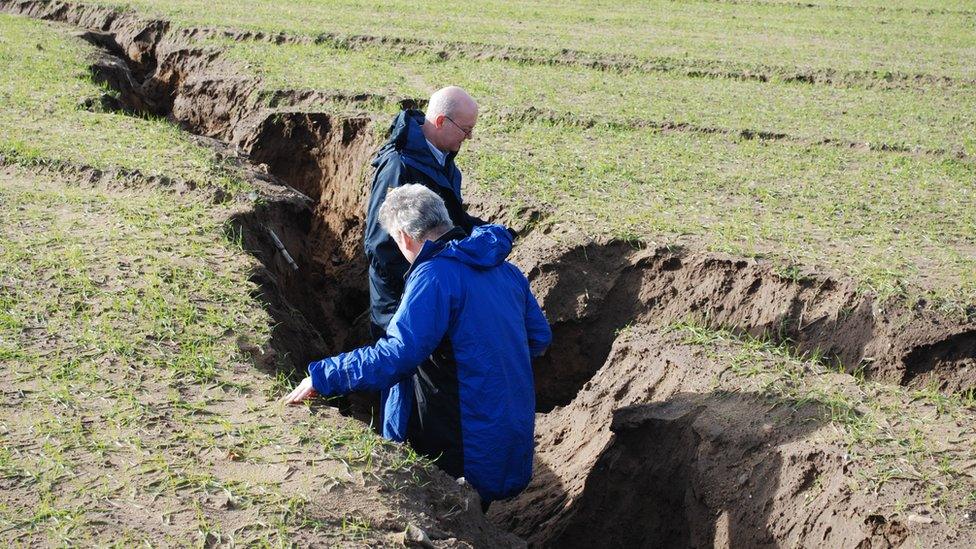
- Published18 May 2016
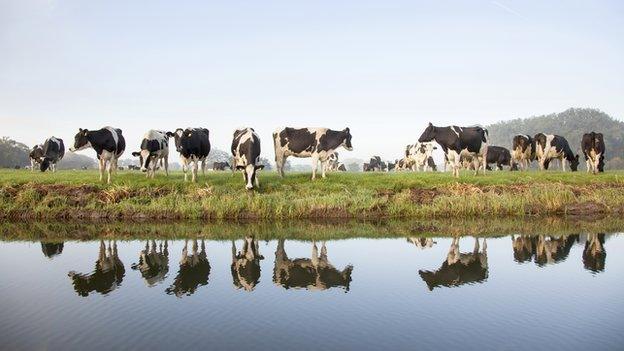
- Published4 December 2014
